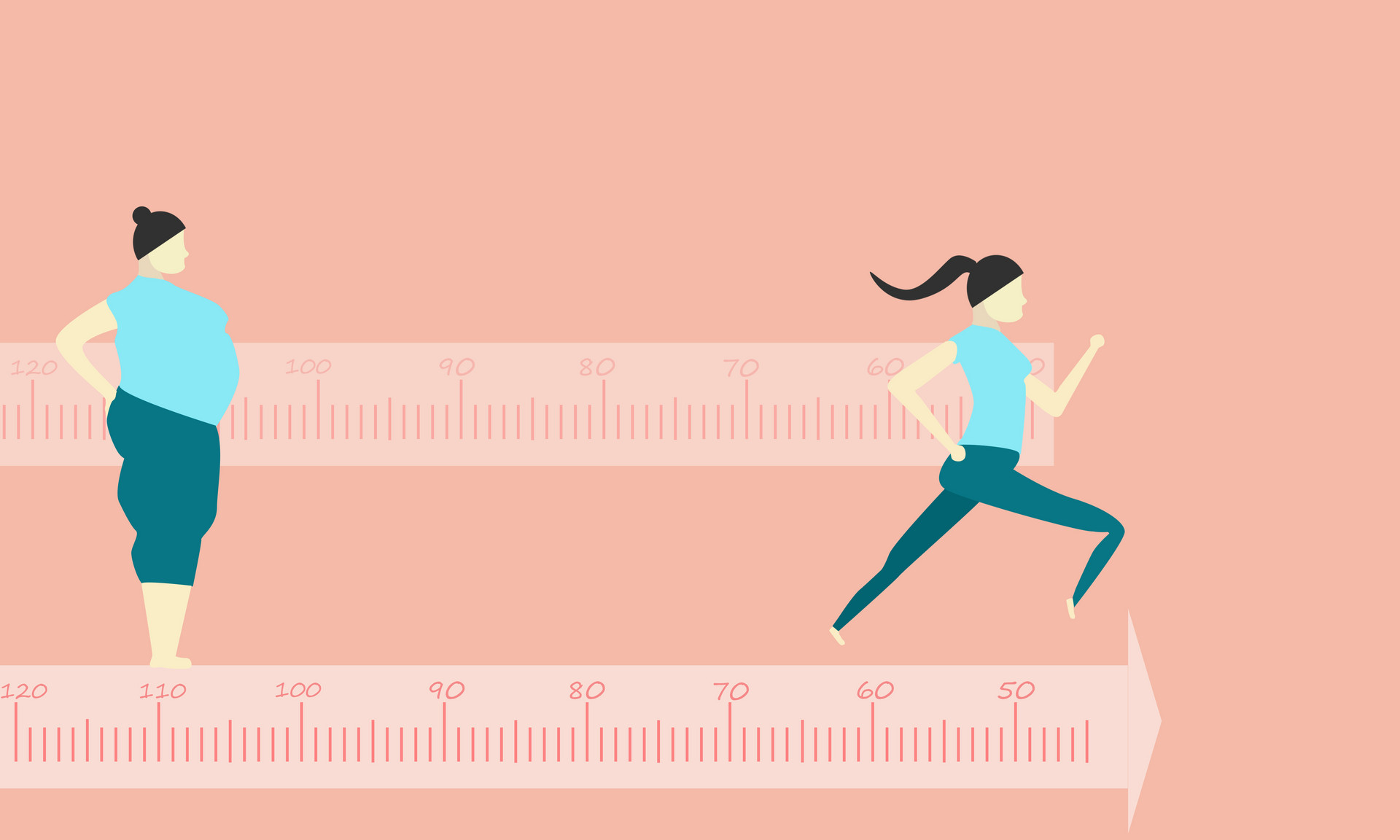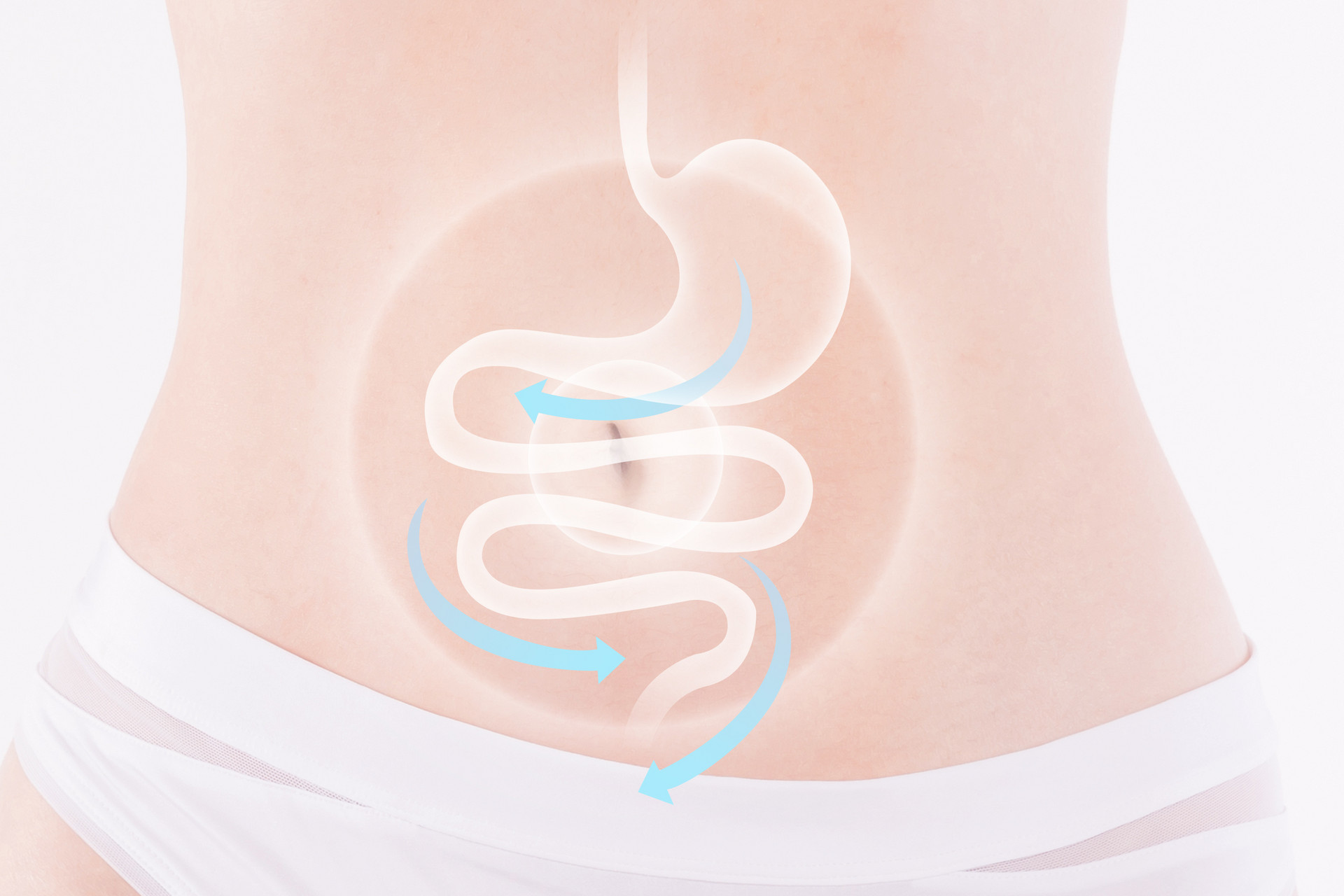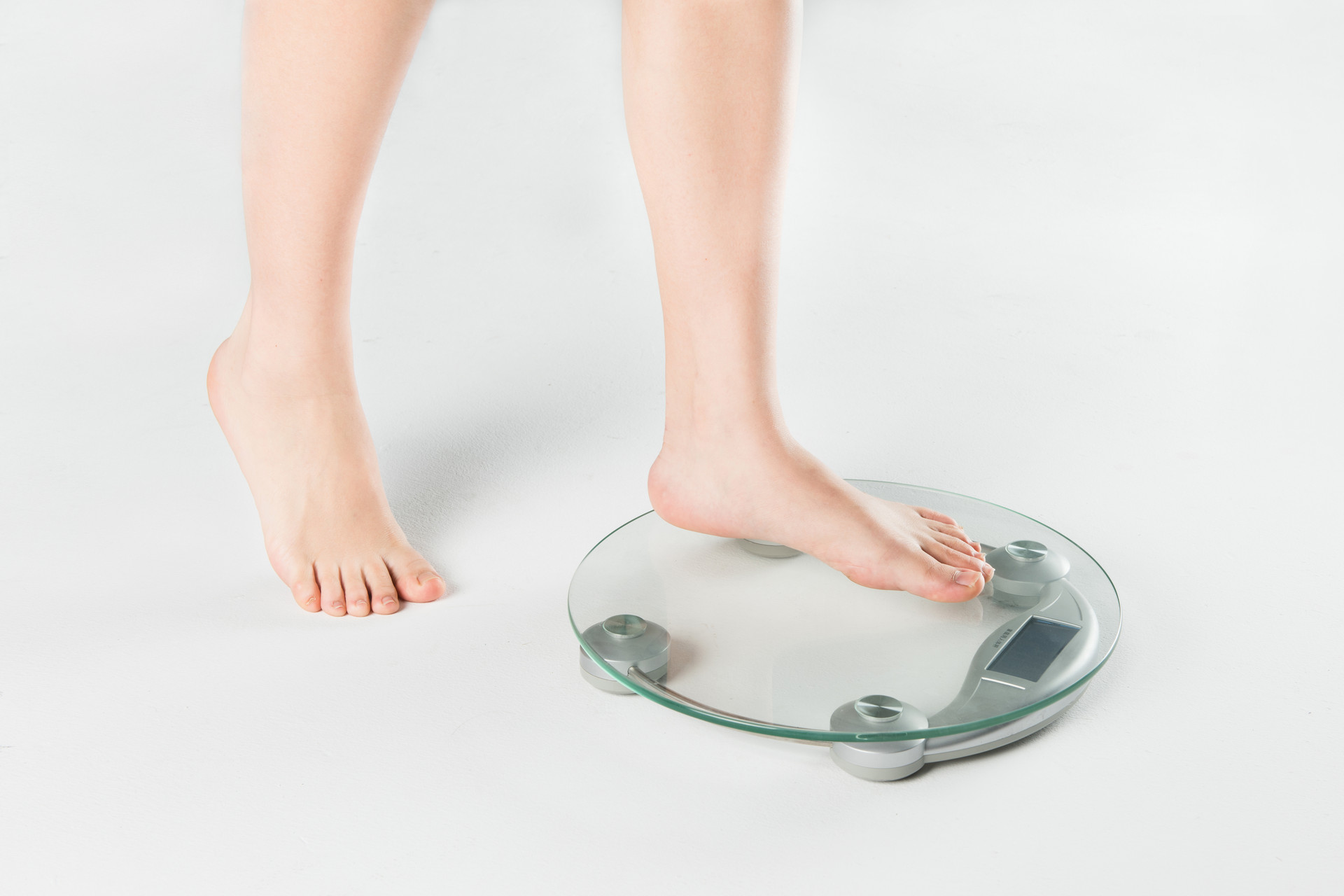```markdown
Nowadays, more and more people are troubled by obesity. In traditional Chinese medicine (TCM), obesity is believed to result from imbalances in the body, disruptions in bodily functions, and poor digestion, leading to the accumulation of toxins that cannot be quickly expelled from the body, causing fat to accumulate. Obesity typically has many causes, so how does TCM summarize the causes of obesity? And what TCM methods are available for quick weight loss? Let's take a look together.
**Usually, there are four main reasons for obesity:**
**1. Dampness-Heat Stagnating in the Spleen Type**
This is known as the "big eater" with a strong appetite who eats a lot and easily gets hungry. Although temporary weight loss can be achieved by forcibly dieting, once the appetite cannot be controlled, rebound weight gain occurs. Common symptoms include a flushed complexion, dry mouth, stomach pain (relieved after eating), and constipation. The common issue for these individuals is the presence of "heat" in the body, which can be alleviated by clearing heat, resulting in weight loss.
**2. Spleen Deficiency and Failure to Transport Type**
These obese individuals experience decreased digestive function, abnormal metabolism, and loss of appetite due to spleen deficiency. They often feel tired, chest tightness, abdominal distention, and heaviness in the body, feeling heavier at night and lighter in the morning. By adjusting the spleen and stomach, promoting digestion and absorption functions, and expelling accumulated waste from the body, weight loss can be achieved.
**3. Phlegm-Dampness Internal Accumulation Type**
People of this type have swelling in the buttocks and thighs, indicating that the lower body is relatively fat. In fact, they don't eat much but always feel weak, tired in the limbs, dizzy, and even if they are thirsty, they don't want to drink water. This is because of poor excretion function in the body, resulting in the accumulation of excess water in the body, causing edema and obesity.
**4. Spleen-Kidney Yang Deficiency Type**
In this type, there is insufficient yang qi in the body, slow blood flow, decreased metabolic activity, and ultimately obesity. They often experience shortness of breath, fatigue, abdominal distension, diarrhea, fear of cold, and excessive sweating. By paying attention to blood supplementation and replenishing vitality, spleen and kidney functions can be strengthened, and body weight can be reduced.
In TCM, different approaches are taken according to the different causes of obesity to ensure that weight loss does not affect health and achieves better results.
**Measures:**
**Reduce Heat**
Reduce sun exposure and engage in moderate exercise. People with body heat already have abundant yang qi, so exposure to sunlight increases yang qi absorption, exacerbating the condition. Static exercises such as yoga are beneficial for regulating organ functions, smoothing emotional fluctuations, and gradually calming down internal heat and dryness. Customers can be advised to participate in yoga classes offered by beauty salons.
**Spleen Regulation**
Beauty therapists can use this method to help clients lose weight. Massage the palms starting from the cardiac region, pass through the left rib cage, go down to the lower abdomen, and go back up to the right rib cage. Perform this massage for 36 cycles, then massage in the opposite direction for 36 cycles. This can massage the acupoints of the liver, spleen, and kidneys in the abdomen, gently adjust organ functions, promote blood circulation, open capillaries in the skin and subcutaneous fat, accelerate metabolism, and promote the excretion of waste from skin tissues.
**Qi Supplementation**
In addition to massaging routine acupoints for body shaping, there are four acupoints that are often massaged to regulate internal qi and blood. They are the guan yuan point, located about 1.5 inches below the navel, the qi hai point, located about 3 inches below the navel, the zu san li point, located 3 inches below the outer knee and 1 horizontal finger's breadth from the shinbone, and the san yin jiao point, located 3 inches above the inner ankle and posterior to the shinbone.
```











